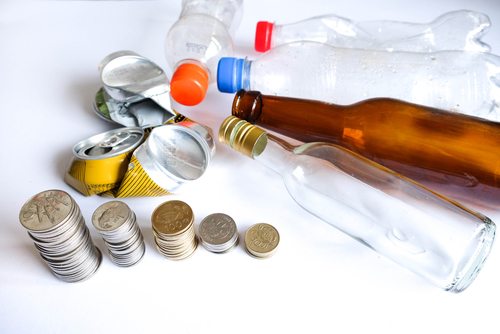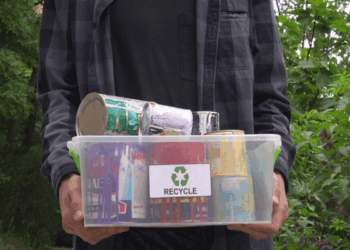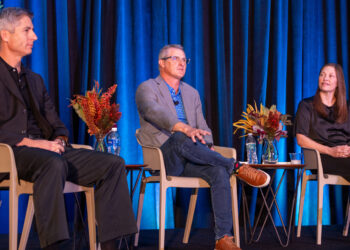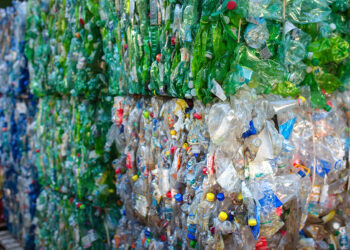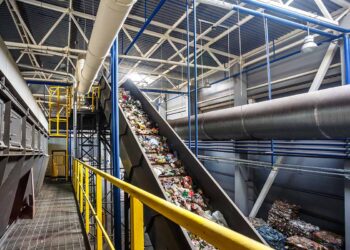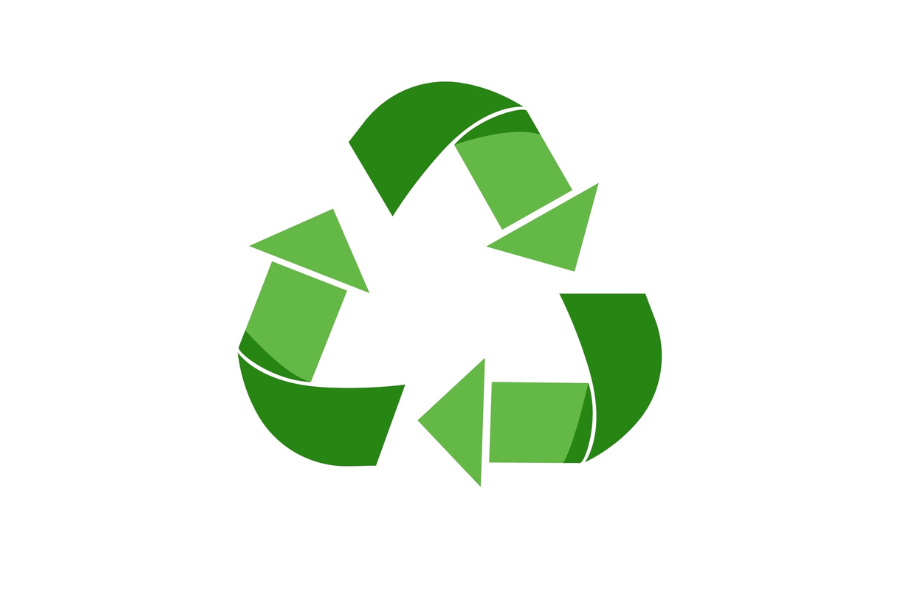How did a law intended to stop can-tabs litter in British Columbia lead to today’s expansive extended producer responsibility laws? Those involved in its evolution traced the path in a webinar hosted by the Coast Waste Management Association.
The June 14 webinar, “EPR in British Columbia: A Timeline of Success and Challenge Past, Present, Future,” brought together nine speakers to share their personal experiences and memories. Many of the speakers were already working in the industry when beverage container deposits started in the early 1970s and recalled the “paint wars” of 1994, when BC enacted a law making paint the first EPR-regulated product in North America.
Mannie Cheung, vice president of operations at Product Care Association of Canada, said the paint industry went through something akin to the five stages of grief over that first EPR program, from anger and hiring lawyers to fight it in 1994 to now, 30 years later, “really embracing the EPR concept.”
EPR has sparked several innovations, he said, such as an automated paint can opener, and helped lay the groundwork of collection infrastructure systems.
In 1994 there were eight sites to drop off household hazardous waste in BC, Cheung added, and in 2023 there were 228 for paint and 110 for HHW, showing the popularity and success of the program.
Colin McKean, now the executive director of the Canadian Battery Association, recalled the tension of the paint wars and commended government officials who stood strong and stuck to their regulation plans.
“It has its issues, nothing is perfect, but it does have the highest recovery for the lowest cost,” he said of the BC model of EPR, which allows producers the flexibility to reach government-set targets in the way they think would work best. “The BC model is considered the best in Canada,” McKean said.
“It’s stood the test of time,” he added, pointing to its resilience.
The second EPR program was initially called the Post Consumer Regulation Stewardship Program and covered pesticides, solvents and stale gas, McKean said. Over time, that morphed into the current regulation.
Cindy Coutts, president and CEO of Encorp Pacific in Canada, more commonly known as Return-It, said the model of results-based regulation is very important.
“Giving us that flexibility allows us to keep the system efficient and cost effective,” she said, ensuring a fair playing field for all producers and the kind of market-driven innovation that Cheung mentioned.
For example, the government regulated recovery rate for covered beverage containers is 75%. Coutts said in 2023, the rate was 79.6%, and Return-It has a planned target of 83.6% in 2026.
“How are we going to do it? More convenience,” she said. “Also technology.”
Coutts had data to back up the success of a flexible, industry-lead DRS: By 1999, Return-It had collected 2.1 billion bottles. A decade later, that had risen to a collective 10.3 billion containers in 2009, then 20.45 billion in 2019. By 2023, the to-date total has hit 26 billion.
Lyndsey Chauhan, with Recycle BC, recalled that the organization launched in 2012 after paper and packaging was added to BC’s EPR program in 2011. It was called MultiMaterial BC then – it rebranded in 2017.
Paper and packaging EPR started with some “trepidation at the beginning of program launch about what this means for the waste industry,” Chauhan said, but now it’s a program that sets the standard.
Between 2014 and 2023, Recycle BC and partner organizations collected 1.98 million tons of material, and producers have paid $1 billion into the program since 2014. Recycle BC continues to make investments, including building a new audit center, and adding new partners, Chauhan said.
“A challenge remains: we can’t manage what we don’t collect,” she added.
Kris Ord of KO Consulting used to work for provincial government and said BC was a key leader in 2009 when a nationwide action plan for EPR was developed. While it’s often hard being a leader, as everyone is looking at you, she said BC was the furthest along and has one of the best EPR models.
“A national plan really helps lagging jurisdictions,” she said. “Nobody – especially politicians – wants to be the last jurisdiction to do something.”
Michael Zarbl, Major Appliance Recycling Roundtable executive director and chair of the Stewardship Agencies of BC, echoed that BC has a “great model and seems to be modest about saying so.”
“We’re leading the way in BC,” he said. “We’re doing stuff that other people just aren’t doing.”
There’s strong coordination between stewardship groups for different materials, he said, which leads to better economies of scale, and they also partner on things like remote community material removal or post-disaster cleanups.
As for remaining challenges, equitable access in rural areas and properly managing flexible plastics are top of mind for Tera Grady, manager of solid waste for the Cariboo Regional District. She said that despite the systems in place for flexibles, much of it still ends up in landfill, where it tends to blow around and cause problems.
Sheila Molloy, Coast Waste Management Association executive director, added that initially the webinar was going to include a segment on times when EPR is not the ideal solution, but instead a future webinar will cover the topic.
Looking to the future, Isabelle Faucher, Carton Council of Canada managing director, said the trend is “everything, everywhere, all at once.”
Most parts of Canada are shifting from shared to full producer responsibility for various materials, EPR for paper and packaging comes online in most, if not all, provinces and territories by 2026, and in tandem covered material lists are expanding to include materials such as compostable packaging and to hold more generators of material responsible, she said.
A downside is that as programs harmonize, there is a loss of granular performance data, Faucher said. For example, the Carton Council used to find data that broke out cartons specifically, but those materials are now often lumped into a “fiber” category, she said, complicating attempts to track progress in recycling.
McKean added that as EPR programs evolve further, he’d like to see them stay results-based instead of prescriptive, include more products and have more collaboration with industry on setting definitions.
Faucher said she was also interested to see if Canadian policymakers will look south to California for any inspiration, especially around source reduction and 100% recyclable or compostable requirements, the idea of responsible end markets and eco-modulation of fees.
“Canada has not gone there yet,” she said.






